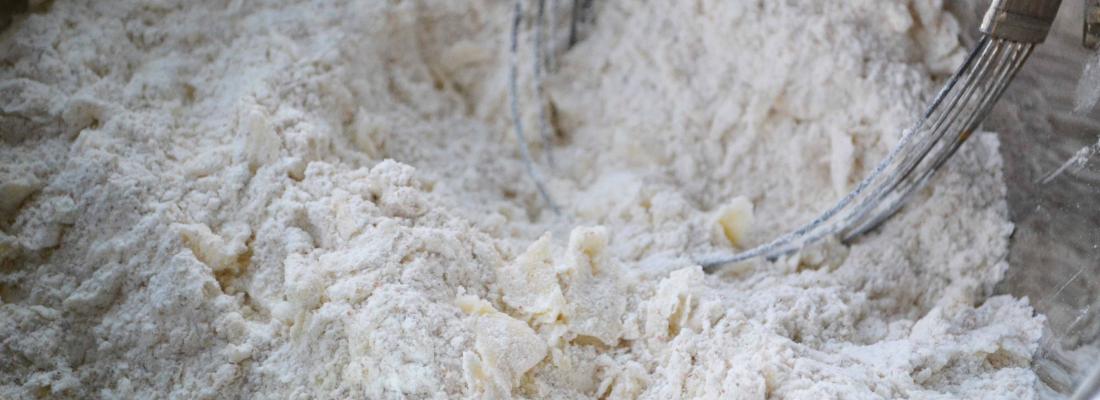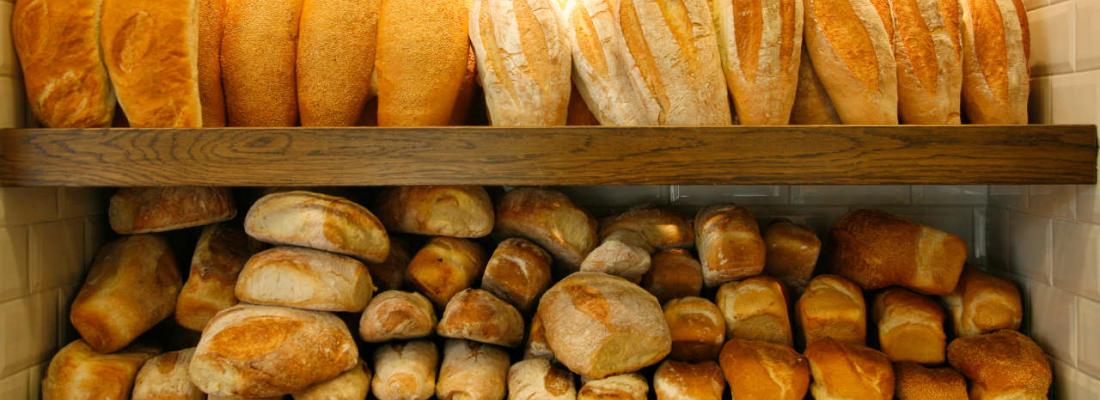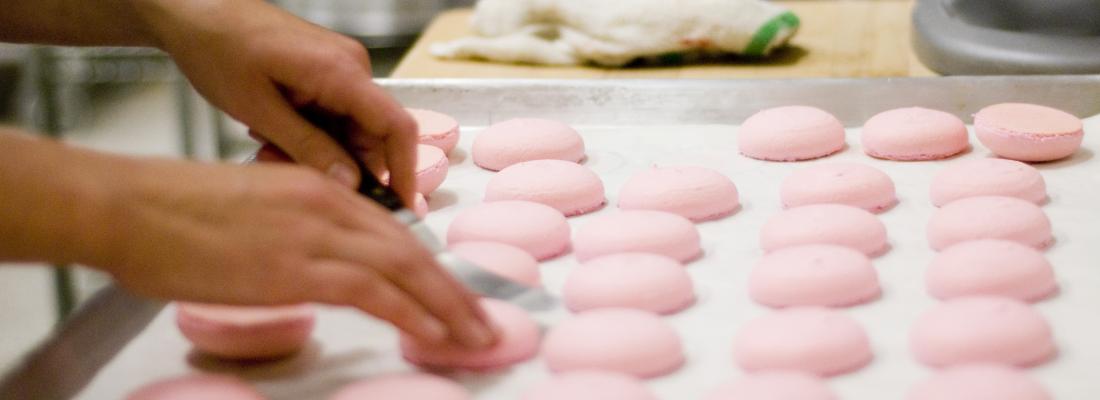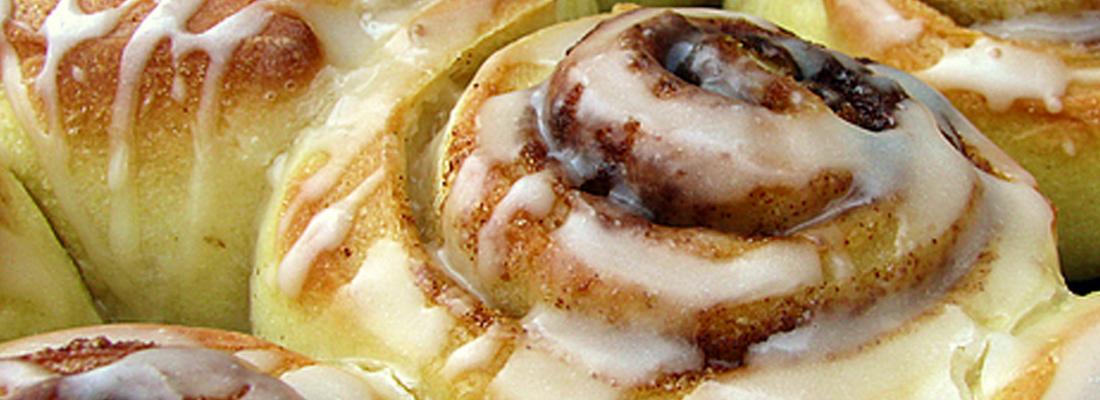Baking Powder
What is Baking Powder?

Baking powder, like baking soda, is a leavening agent that is commonly used in baking. This means that you add them to baked goods before cooking to produce carbon dioxide and cause them to expand.
Baking powder contains sodium bicarbonate, but it also includes an acidifying agent and a drying agent. There are several different types of baking powder. You can purchase single-acting, double-acting, and/or sodium free.
Single-acting powders are activated by moisture, so you must bake recipes which include this product immediately after mixing.
The most common baking powder used is Double-acting powder which reacts in two phases first with liquids and again with heat. When you bake with double-acting powder, some gas is released at room temperature when the powder is added to the batter, but the majority of the gas is released after the temperature of the batter increases in the oven. Because of the two stages, baking of the batter can be delayed for about 15-20 minutes without it losing its leavening power.
Too much baking powder can cause the batter to rise rapidly and then collapse. This will give cakes a coarse, fragile crumb with a fallen center. Too little baking powder results in a tough cake that has poor volume and a compact crumb.
How are Recipes Determined?

Some recipes call for baking soda, while others call for baking powder. Determining which ingredient to use depends on what other ingredients your recipe calls for.
Baking soda is basic and will yield a soapy taste unless countered by the acidity of another ingredient, such as buttermilk. You’ll find baking soda in cookie recipes. Baking powder contains both an acid and a base and has an overall neutral effect in terms of taste. Recipes that call for baking powder often call for other neutral-tasting ingredients, such as milk. Baking powder is a common ingredient in cakes and biscuits.
Alternative Uses

- Teeth Whitening – Small cup of powder and dip your brush in it, then brush for 1-2 minutes while it foams up. Rinse your mouth out well afterwards.
- Spilled oil – If you spill oil on your kitchen rug, don’t try to sop it up with a towel you will only push it in further, instead immediately sprinkle it with baking powder and let the baking powder soak up the oil. When it dries just vacuum it up and then give it a cleaning with a good foaming carpet spot cleaner.
- Carpet Freshener – Mix in a drop or two of your favorite fragrance, and sprinkle on the carpet. Let sit for 10 minutes before vacuuming up.
- Rubber Gloves – Like wearing rubber gloves but hate it when you can’t get them off? Sprinkle a little baking powder on your hands before you slide them on and they will slide right off.
- Smelly Sweaty Feet – Baking powder works just as good as baking soda for keeping your feet from sweating and smelling, just sprinkle some in your shoes and it will keep your feet much fresher.
- Deodorant – Baking powder also works great as an emergency deodorant.
- Heat Rash – When the temperature is high and someone in your family has heat rash sprinkle their sheets with some baking powder.
- Stained Kitchen Counters – Both baking soda and baking powder are good for getting tough stains off of counter tops. Simply make a paste by mixing it with water, then dip a wet rag in the paste and rub on the stained area.
- Clean Stainless Steel – That same paste mentioned above makes an excellent stainless steel cleaner.
- Boosting Detergent Performance – If you have baking soda it is more cost effective to use that for this but if you don’t have any and you have some extra baking powder you can make that last bit of detergent go further. Just add a little to your dishwasher, your dishwater, or your clothes washer and it will boost the clean power of the detergent, 1/8 cup should do the trick.
- Give a Kitty A Dry Bath – Rub a bit of baking powder on your kitty and then brush it out. It will help to pick up extra oils and dirt from their fur.
Substitute And Testing

Substituting in Recipes
You can substitute baking powder in place of baking soda (you’ll need more baking powder and it may affect the taste), but you can’t use baking soda when a recipe calls for baking powder. Baking soda by itself lacks the acidity to make a cake rise.
The general rule of thumb for amount of baking powder used in commercial recipes is 3-4 pounds of baking powder leavens 100 pounds of flour. The amount will depend on the ingredients and how they are mixed.
Testing
Baking Powder should be stored in a cool dry place and it should be replaced every 6-12 months. To test whether your baking powder is still effective: mix 1 teaspoon (5 grams) baking powder with 1/2 cup (120 ml) hot water. The mixture should bubble immediately if it does not then the baking powder is not any good for baking.

